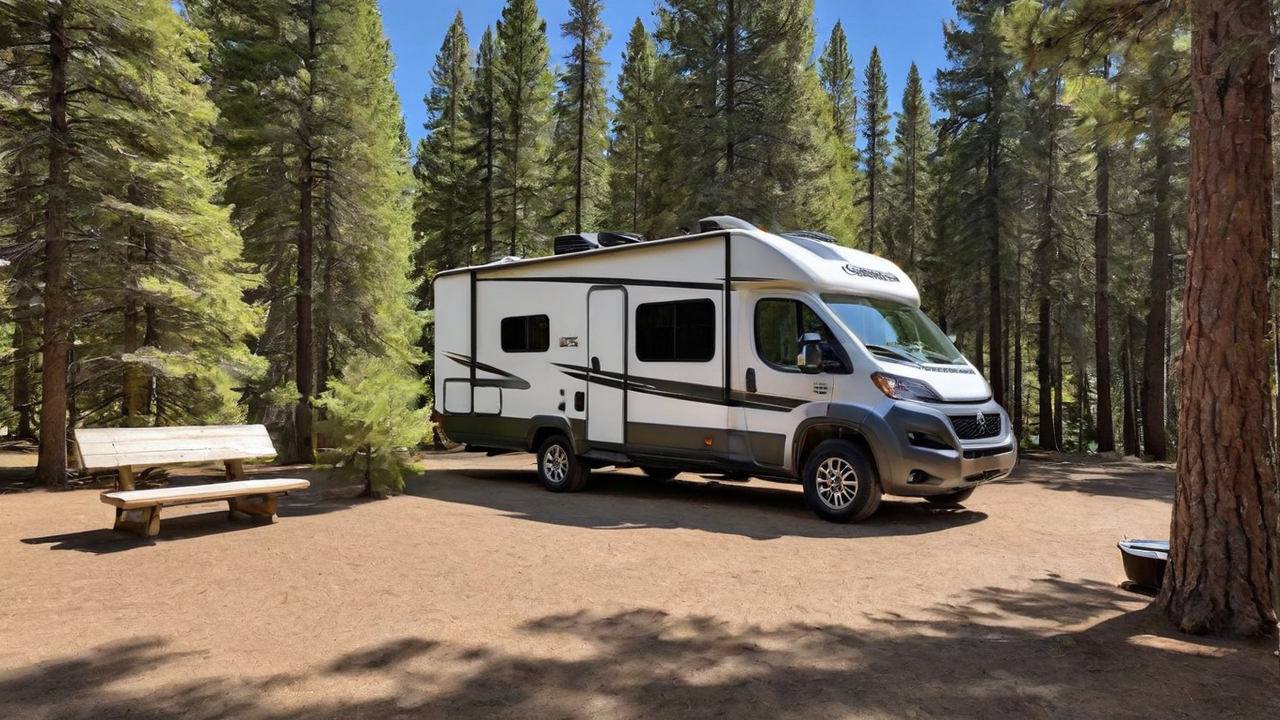Creating the Optimal User's Interface: Designing Guidelines for Campground Programs

Comprehending Your Audience
Understanding which your target audience are vital in crafting an effective user interface. It is crucial to take into account your needs, preferences, and tech savviness. This knowledge directs every designing choice, guaranteeing that your program becomes accessible and easy to use.
Knowing your audience also means recognizing the challenges and how they plan to utilize your camping software. It enables designers to tailor features and functionalities that address specific requirements, thus making the software not only helpful but also essential.
Streamlining the Navigation
Simplifying your navigation system is one major element of user interface design. An straightforward navigation structure ensures visitors can quickly find what they're searching for, minimizing frustration and improving satisfaction levels. It's about the journey through the software as smooth and effortless as possible.
Moreover, a well-designed navigation leads visitors through your software, emphasizing features and capabilities that they otherwise would overlook. Such an strategy not only boosts usability but also promotes deeper engagement with your campground software's full range of features.
Incorporating Premium Graphics
Visuals have an crucial part in creating an attractive user interface. They assist in breaking up text and can also convey functions more efficiently than words alone. Choosing the correct graphics, icons, and colors can improve the overall aesthetic of the software, thus making it more visually attractive to your eye.
Furthermore, a consistent visual style is essential for establishing brand identity and trust among users. Each element should be in sync with the brand's ethos and the message of the software, creating a seamless user experience that feels both professional and welcoming.
Improving the Responsiveness
In the current tech world, people demand campground software to be responsive on every platforms, from desktop computers to smartphones. A adaptive interface makes sure that no matter of the device size, the application offers an optimal experience. It not only increases accessibility but likewise caters to the users’ on-the-go lifestyle.
Moreover, improving your software’s responsiveness could lead in enhanced performance, minimizing the loading time and preventing user frustration. Users value a quick and efficient interaction when accessing camping software, and this makes performance a vital element in user satisfaction.
Enhancing the Search
Locating information swiftly is fundamental in any application, especially in campground software systems. Optimizing the search feature allows visitors to effortlessly find exactly what they're searching for, which improves their experience and productivity. Through smart search capabilities, you can minimize user frustration and boost general satisfaction.
Moreover, advanced search options such as filtering options and tagging can help in narrowing down results, making it search process more effective. Implementing these features shows an understanding of the users' needs and an effort to enhancing the user’s interaction with your campground system as seamless and effective as possible.
Focusing on User Security
Protecting user information is always non-negotiable when coming to developing campground programs. Your users expect to be secure when inputting their personal information. Ensuring robust security measures not only protects their information but likewise builds trust between the user and your company.
In addition to basic security features like strong passwords and data encryption, it's important to consider implementing advanced options such as two-factor authentication or biometric security verification. These measures provide additional layers of security, ensuring that customer data is held secure from unauthorized access.
Utilizing User Feedback
Listening to feedback is vital for the continual enhancement of any campground program. It allows the developers to understand what is working, what doesn’t, and how their software can be enhanced to meet the user’s needs. Actively seeking this feedback builds an open dialogue between your users and your team, making them feel like they are a part of your product's evolution.
Incorporating this feedback into account can lead in tangible enhancements in user interface designs and the overall user experience. Implementing changes based on user input shows that your company listens to its users and is committed to providing a top-notch experience.
Keeping Simplicity
In the realm of UI design, simplicity is key. A unnecessarily complex UI can confuse users, leading in a poor user experience. Keeping things simple, on the other hand, helps your software more intuitive and user-friendly. It encourages greater engagement and satisfaction levels.
Moreover, keeping the simplicity should also extend to the content and features. Avoiding superfluous functions that do not add value can help ensure that the UI remains sleek and focused on the core requirements of the users. By, you can design a more streamlined and efficient user experience that resonates more details with the audience.